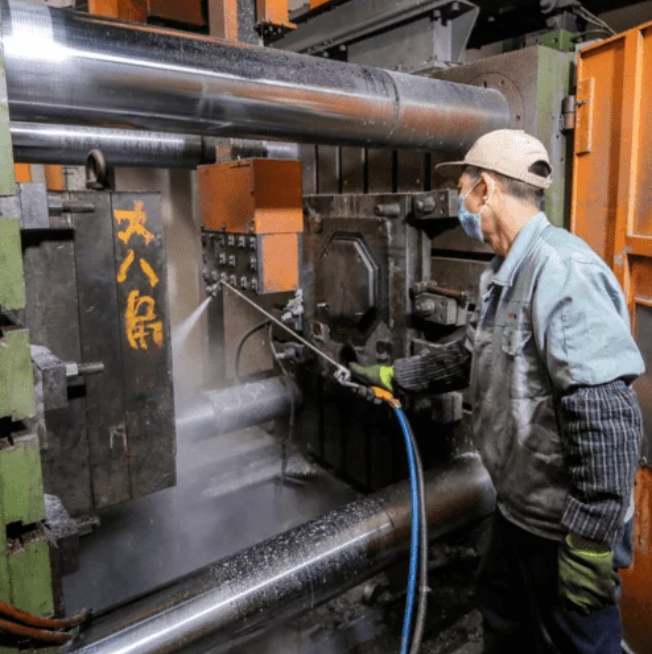In today’s globalized world, the importance of English language proficiency cannot be overstated. English has become the lingua franca of international communication, trade, and education. As a result, individuals with strong English language skills have a significant advantage in terms of job opportunities, academic success, and cultural understanding. To enhance English language development, one key tool that can be utilized is prototyping.
Prototyping, in the context of language learning, refers to the process of creating and testing language samples or models to improve fluency, accuracy, and overall language proficiency. It involves actively engaging learners in the production and evaluation of language, encouraging them to experiment, take risks, and learn from their mistakes. By incorporating prototyping into English language development programs, learners are given the opportunity to refine their language skills through continuous practice and feedback.
One of the major benefits of prototyping is that it allows learners to develop their speaking and listening skills. In a classroom setting, learners can engage in role plays, simulations, and discussions to simulate real-life situations. By doing so, they can practice using appropriate vocabulary, grammar, and pronunciation in a safe and supportive environment. Prototyping also encourages learners to actively listen and respond to their peers, thereby enhancing their comprehension and communication skills.
Furthermore, prototyping helps learners build confidence in using English. Many language learners often face a fear of making mistakes, which can hinder their progress. However, through prototyping, learners are encouraged to experiment and take risks, knowing that mistakes are part of the learning process. This fosters a positive learning environment where learners feel comfortable expressing themselves and trying out new language structures or vocabulary. As learners gain confidence in their abilities, their overall language proficiency naturally improves.
Another advantage of prototyping is that it promotes critical thinking and problem-solving skills. When learners engage in prototyping activities, they are required to think on their feet, adapt to different situations, and find solutions to challenges that arise during communication. This not only improves their language skills but also enhances their cognitive abilities. They learn to analyze and evaluate their language use, identify areas for improvement, and make necessary adjustments. These critical thinking skills are transferable to other aspects of life and can greatly benefit learners beyond the language classroom.

Moreover, prototyping encourages creativity and imagination in language learners. Language is not just a set of rules and structures; it is a means of expression and communication. Through prototyping, learners can explore different ways of expressing themselves, experiment with different registers and genres, and develop their own unique voice in English. They can create stories, poems, presentations, or even skits, allowing them to tap into their creative potential and develop a deeper understanding of the language.
In conclusion, prototyping is a key tool for English language development. By actively engaging learners in the production and evaluation of language, prototyping enhances speaking and listening skills, builds confidence, promotes critical thinking, and encourages creativity. Incorporating prototyping into English language development programs can greatly benefit learners, providing them with the necessary skills and confidence to succeed in today’s globalized world. So let’s embrace prototyping and unlock the full potential of English language learners.

 0086-750-5616188
0086-750-5616188 +86 13392089688
+86 13392089688 sales@zhongmei-tech.com
sales@zhongmei-tech.com













